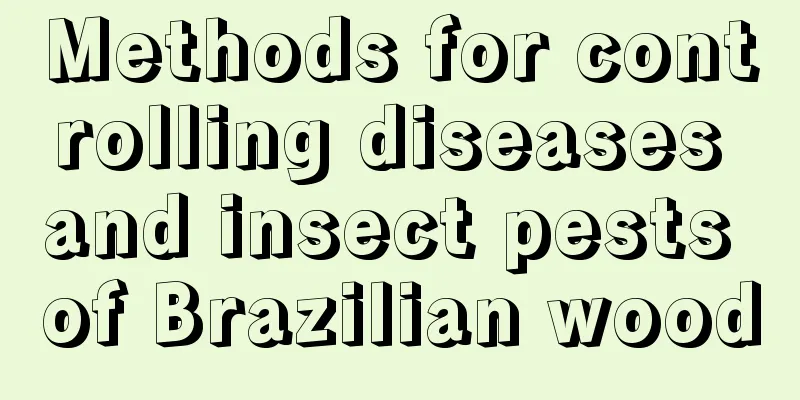Common insect pests of Sophora japonica in summer and their control methods

Sophora japonica flower pests: Sophora japonica mothThis is what we often call a hanged ghost. When you walk under a tree, small insects with silk threads on them fall from your head. Just thinking about it makes your whole body numb. This kind of insect usually lurks on the locust tree. When summer comes, the larvae will come out and eat the leaves of the locust tree, causing leaf damage. In serious cases, all the leaves of the entire tree will be eaten, let alone the small pot in your home. Prevention and control methods: Take precautions. In the early spring, use various insect repellents to irrigate the roots once a month. I believe you will kill it. Small potted plants should be repotted every 2 to 3 years. When repotting, disinfect the soil, replace it with new soil, and eliminate insect eggs. Observe the growth of locust trees frequently and spray pesticides immediately if you find insects. Sophora japonica flower pests: Sophora japonica leaf mothThe most frightening thing about growing flowers is that they are covered with insects. You can’t bear to throw them away, but you can’t bear to look at them and touch them. This is how you'll feel once the Sophora japonica leaf moth appears. The main damage period is July and August, when the larvae eat into branches and leaves, causing dryness and branch and leaf loss, seriously affecting the shape of the tree. Prevention and control methods: Tie straw ropes on trees in winter to lure and kill overwintering larvae; spray carbendazim immediately when insect pests are found. Sophora japonica pests: Sophora japonica aphidAlso known as the sticky insect, it is the most common insect pest on the trunks of woody plants. This happens many times a year, with larvae gathering in large numbers on branches, causing leaves to curl, branches to shrink, and even the death of the entire plant. The larvae begin to hatch in March each year, and the damage is most serious in May and June, seriously affecting flowering in some areas. Prevention and control methods: When aphids occur in large numbers, spray 40% omethoate, 50% malathion emulsion or 40% acephate at a concentration of 1000-1500 times, or spray 1000-2000 times of drostridium diuretic; spray the pesticides or irrigate the roots in time in autumn and winter to eliminate insect eggs. |
<<: Diseases and prevention methods of tuberose
>>: Sophora japonica disease prevention and control methods
Recommend
What to do if you water aloe vera too much
what to do When growing aloe vera, you must take ...
How many kinds of Bodhi are there?
1. King Kong Some books say that this kind of Bod...
Is it okay to water flowers with human urine?
Urine, a metabolite of the human body, actually c...
How long can a Christmas cactus grafted with a cactus survive? When is the grafting time the highest survival rate?
Christmas cactus is often propagated through graf...
How to grow Christmas cactus to make it bloom
Christmas cactus blooms Christmas cactus usually ...
Why don't geraniums bloom?
Flowering period Generally speaking, geranium blo...
Can succulents be hydroponically cultivated? Hydroponics methods and precautions
Can succulents be hydroponically cultivated? Succ...
Do you need to trim the leaves of white palm?
1. Do you need to trim the leaves? During the gro...
How to sow red clover
Collecting seeds If conditions permit, you can ch...
How to plant coriander and make it germinate easily
1. Seed treatment If you want coriander to germin...
How to make green radish climb the wall
1. Wall climbing method 1. Fix with tape: Pothos ...
What to do if Clivia root rots
1. Reduce watering Reason: If you water the Clivi...
How to grow cactus quickly
1. Reduce temperature difference Temperature is l...
What does American ginseng look like?
1. Plants The taproot of American ginseng is roun...
How to make aloe vera mask? Can aloe vera remove freckles?
1. How to make a facial mask 1. Processing: You n...









